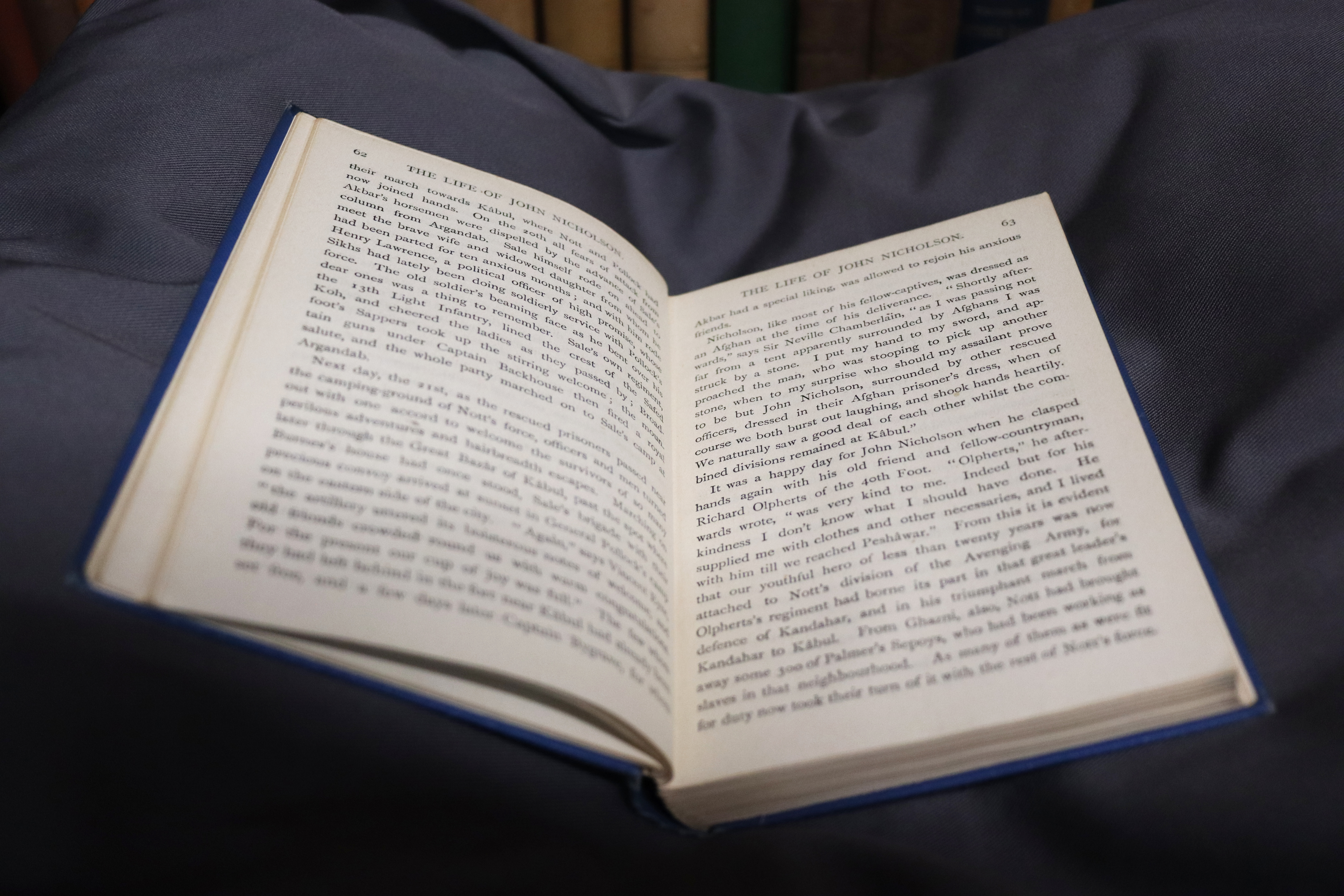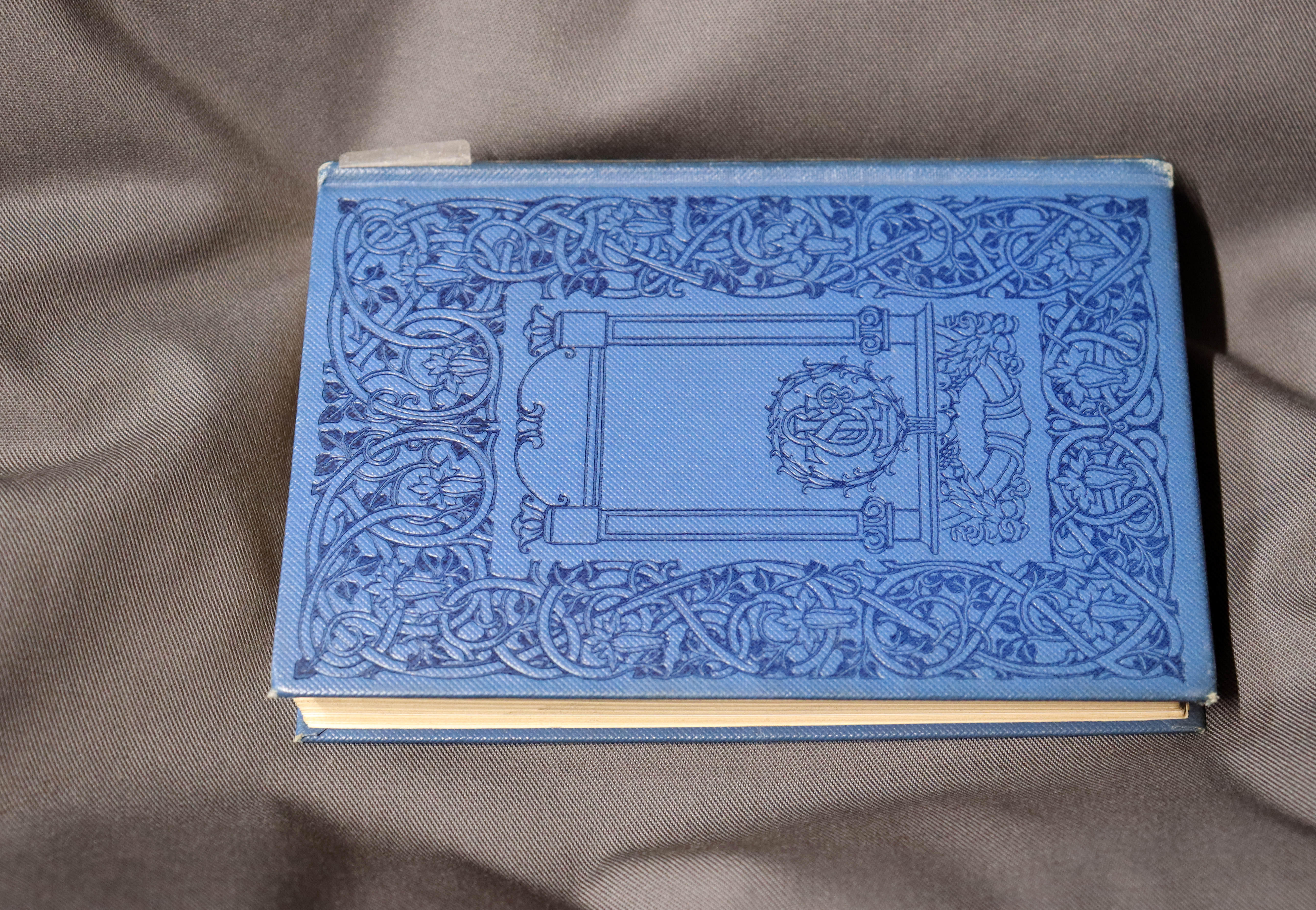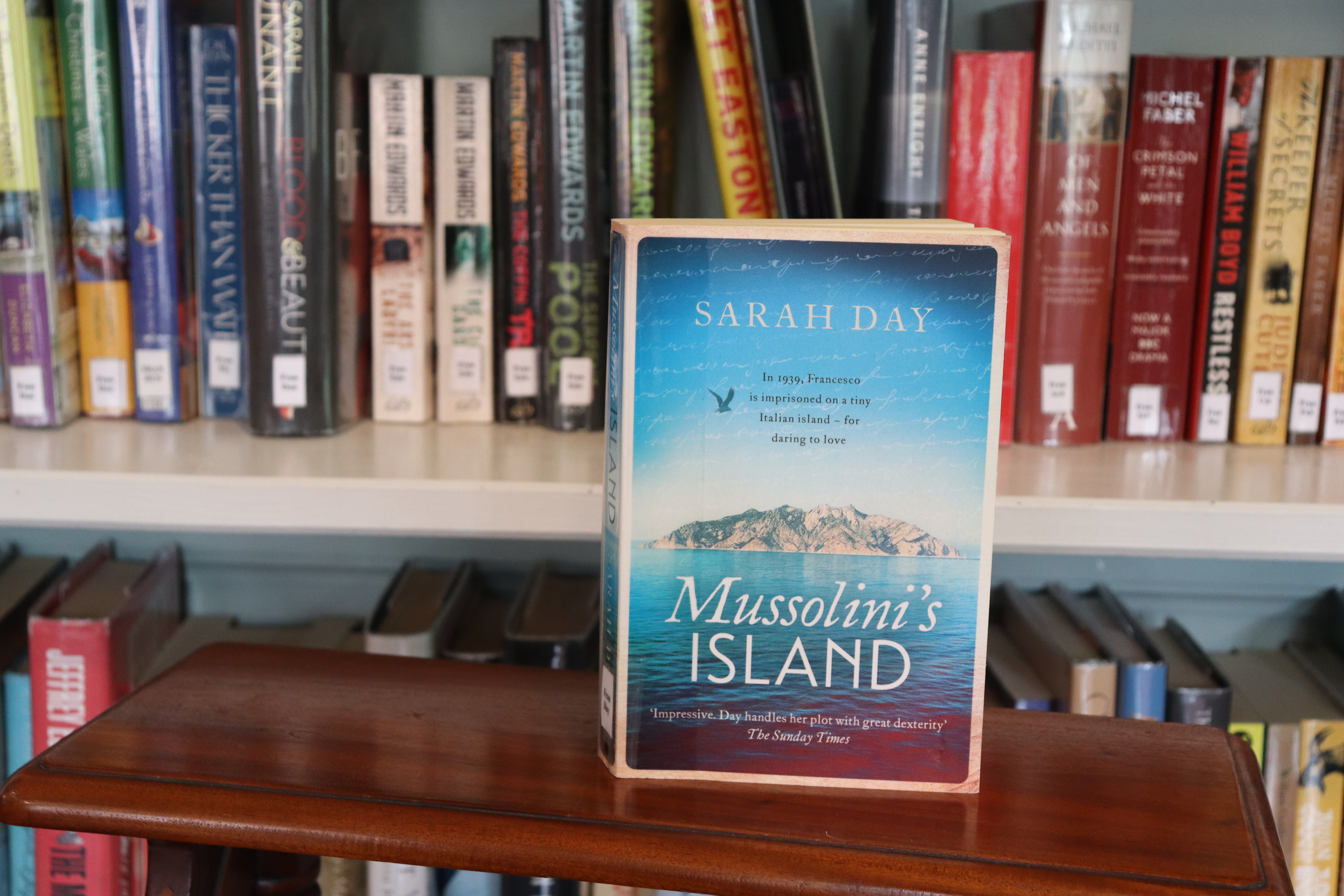By Thomas Moss
I have the pleasure of working at Gladstone’s Library for five weeks as part of a university work placement. I’m a second-year student at the University of Chester and I’m studying a Law degree, and when I was looking at the work experience options, this seemed like something a bit different – especially as I’d studied Gladstone and liberalism before university.
My volunteer work involves varied tasks, but fortunately I still have time to browse and read the collections that this library proudly holds. The collections at the library vary from pre-1900 books to those of the last decade, all of which are intriguing.
The area of the Library I have spent the most time in is split into four areas – the History Room, the Theology Room, the Gladstone Room, and the Annex. The former holds the personal book collection of William Gladstone, which is signified by the “WEG” class mark on the spine. Over the first week, I chose one book from each area which personally interested me because of an intriguing title, location, or imagery.
Amongst the sliding stacks, I found a small, yet fascinating book called The Life of John Nicholson: soldier and administrator: based upon private and hitherto unpublished documents (Classmark: M 51.09 Ni/2), which was published in 1898 by Thomas Nelson and Sons, indicated by the embossed cover which incorporates the publisher’s logo of “TNS”. It is a small volume, about the size of my hand, and I found it sandwiched between two bigger books. Its small size caught my eye.
The book discusses the Brigadier-General’s journey through what would become India during the time of the British Raj. Written by Lionel J. Trotter, it offers a contemporary view of the behaviour and the experiences not only of an officer-class colonial figure but also the men he commanded. He is portrayed as a heroic figure with the author praising his outstanding character and judgment – and it is interesting to compare these views with a more modern perspective.

Interior pages and the blue front cover of The Life of John Nicholson: soldier and administrator: based upon private and hitherto unpublished documents
The book is not only visually appealing, with gilt tooling and logo woven into the pattern on the cover. As the account is based on private and unpublished documents relating to a former military campaign, it could easily entice someone who, like me, has an interest in history.
Quite by accident, I also picked up an 1886 copy of The bankruptcy of India: an enquiry into the administration of India under the Crown, including a chapter on the silver question (WEG/M 51.3/HYN) which captured my attention because of its bold red-leather binding, with gilt embossing. It’s entirely coincidental that I picked two books that dealt with the history of India, but this was in keeping with my military interests.
The book, which was written during the time of the British Raj, goes into depth about the ‘silver question’, which is in relation to monetary policy, and the Crown administration of the day. As part of William Gladstone’s personal collection, I had to take care handling this book, but it is in fine condition for its age and is a treasure for those who are interested in this area of study.
From British Imperialism to anti-Fascist heroism, the next book I picked up was very different. Brother Andrew: God’s Agent (I 90/83), which I found in the circulating collection held in the Theology Room, tells the true story of a Dutch child who joined the national Dutch Resistance to protect his nation from the Nazis. The illustration on the cover sparks a myriad of questions. I believe it represents Andrew returning a gun back to an elder’s coat or pocket. The narrative follows Andrew’s early rejection of religion, to his adoption of a life dedicated to reaching others through Christianity, at the risk of his own life.
A copy of Mussolini's Island by Sarah Day, former Writer in Residence at the Library.
Finally, I was drawn to Mussolini’s Island (Fran Day), which is held in the Gladstone Room as part of the Peter Francis Collection. Strangely, this book also deals with themes of fascism – which I didn’t realise when I first picked it up, as the front cover reminded me of the kind of book you would take on holiday as a light read, with its gentle blues and deceptively peaceful sea-scape cover image.
On closer reading, the story – this time a fiction based on real events – deals with imprisonment and the Mussolini regime, which is much more my area of interest. As the title suggests, the story goes into depths on a niche element of Italian history, where, in 1939, groups of gay men were arrested and effectively cut off from society. The story, set on San Domino island, follows Francesco, a prisoner, and a girl named Elena who falls in love with him. It truly is a beautifully written account of a forgotten element of the past.
We’re told not to judge books by their covers, but actually I judged four books by their covers, and I found all four interesting.


